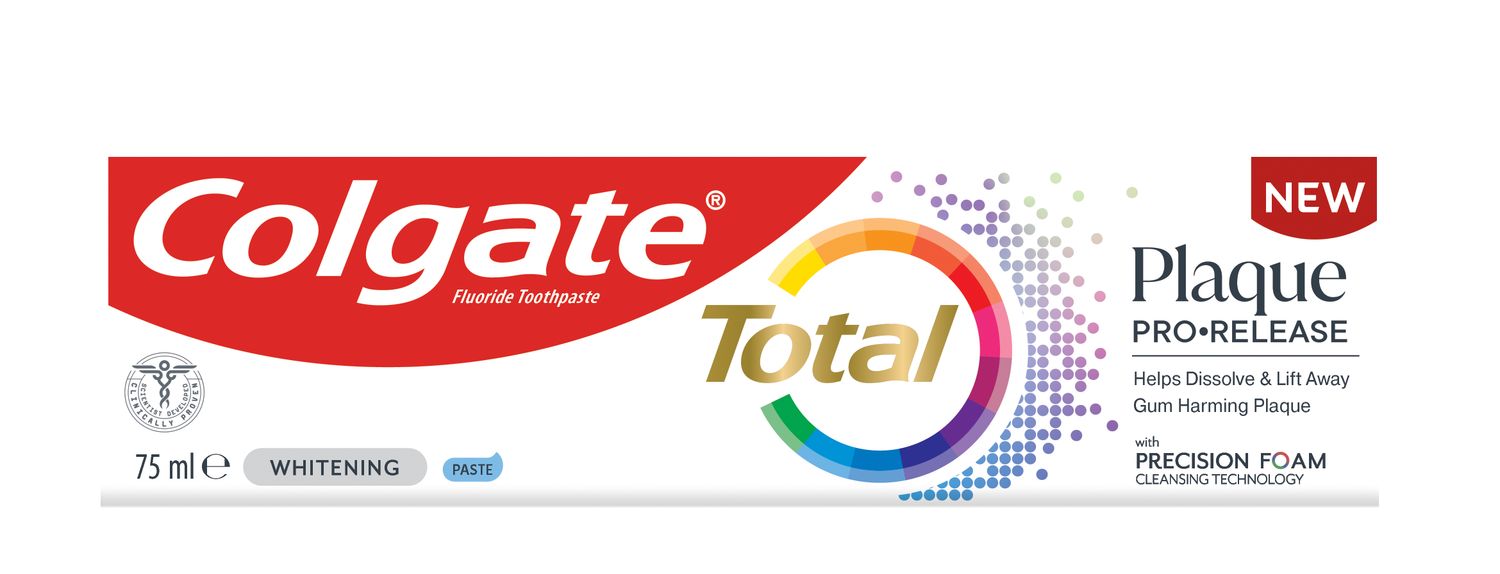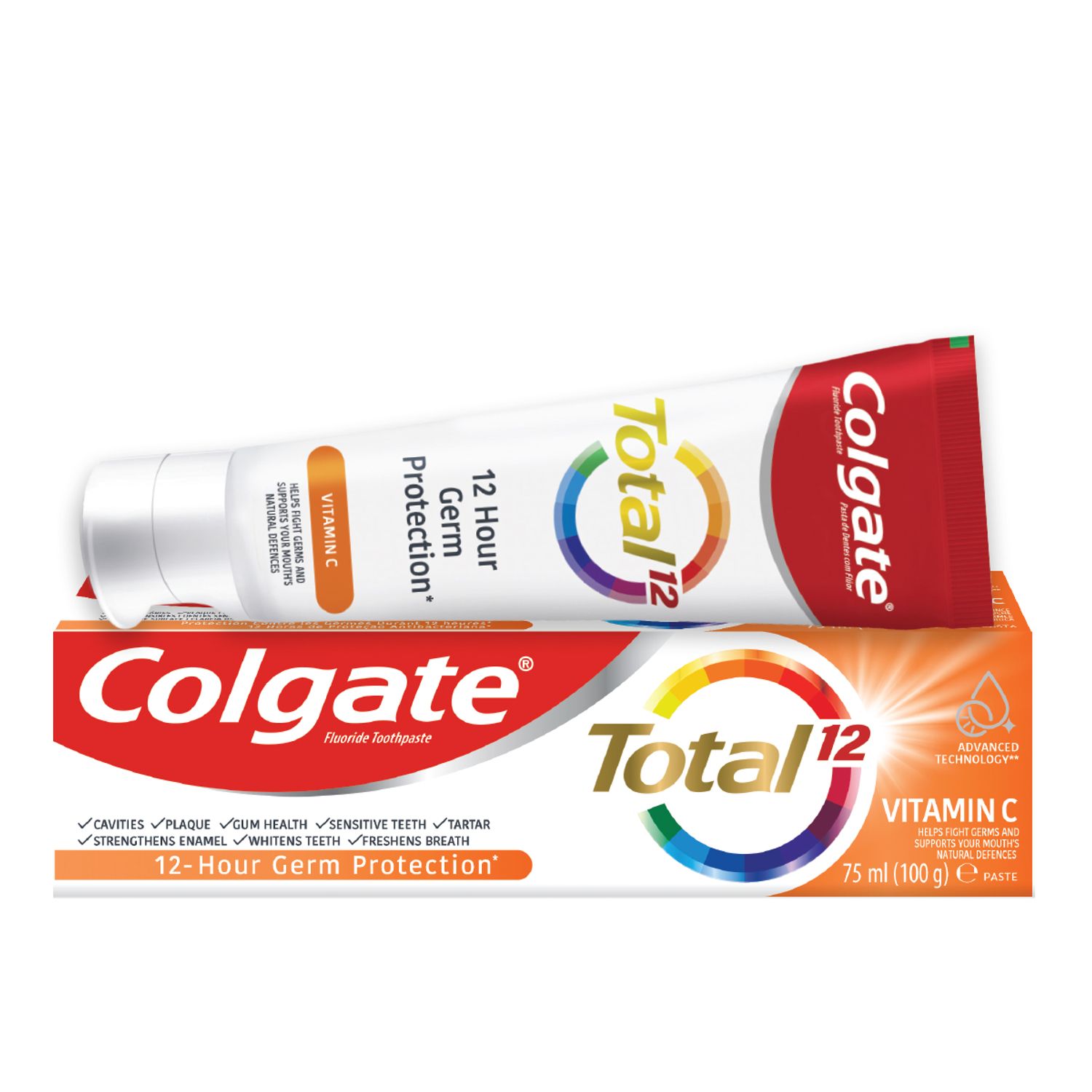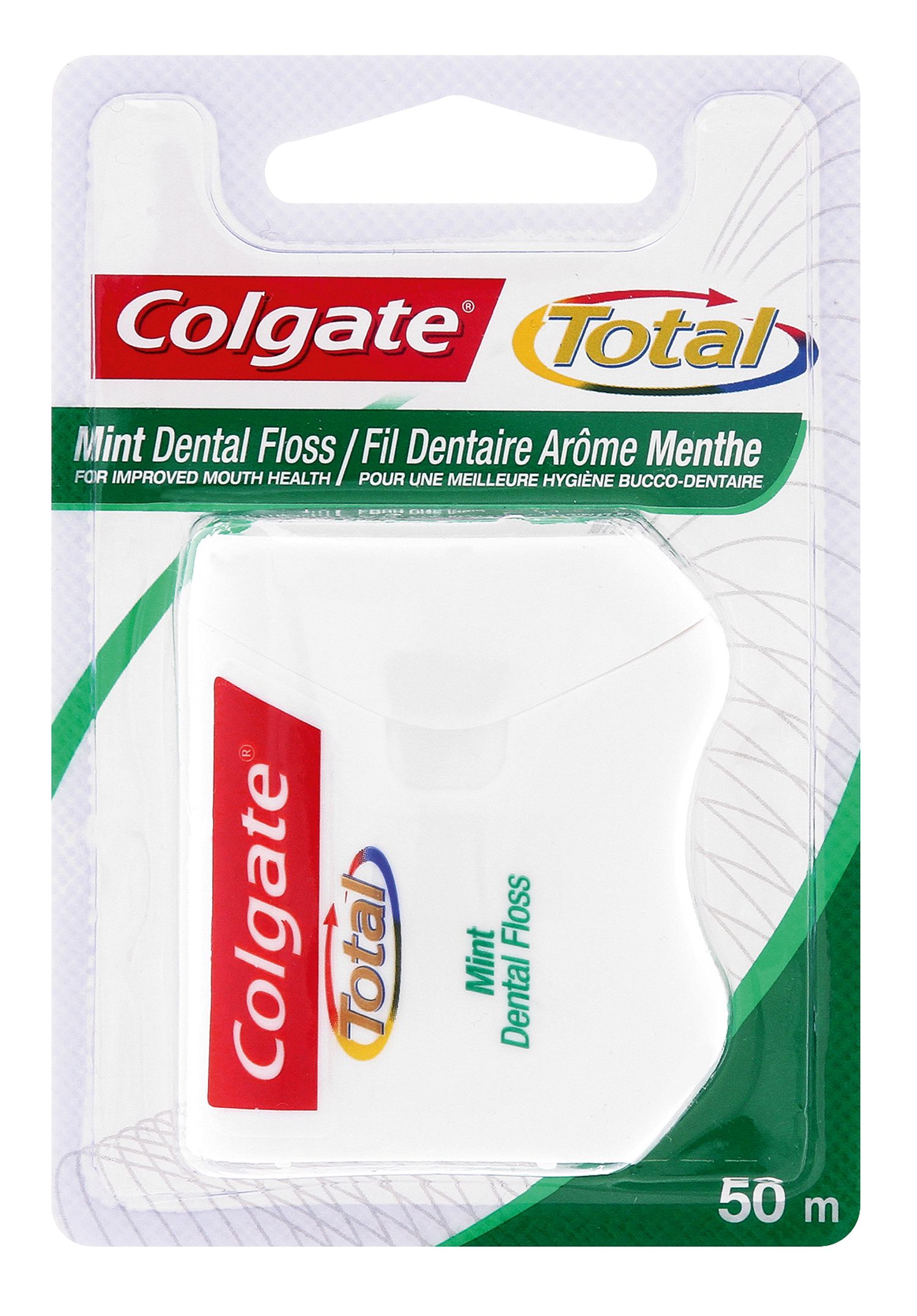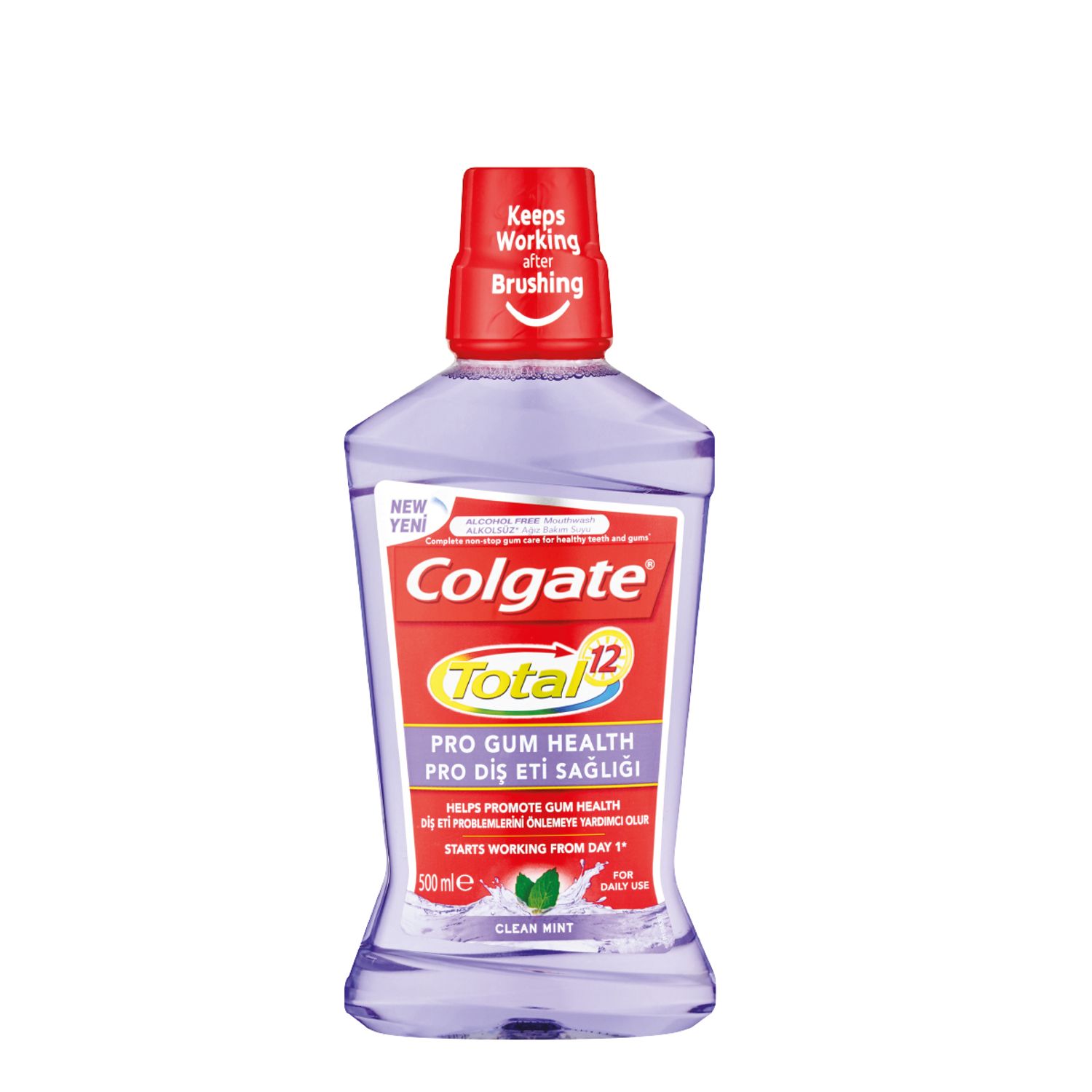-
-

CAVITIES
Can You Heal A Cavity At Home?You feel a sharp pain when you bite down or try to eat. You think it's a cavity, but you're not 100 percent sure...

BAD BREATH
How To Cure Bad BreathMore commonly known as bad breath, halitosis is an embarrassing hygiene issue that nobody wants, but some of us get every now and then...
-
Science & Innovation
- Colgate® | Toothpaste, Toothbrushes & Oral Care Resources
- Oral Health
- Professional Gingivitis Treatment And Home Care


If you have tender, red and swollen gums, you may need treatment for gum problems. Gum problems is the earliest form of gum disease that can be resolved with good oral hygiene. If left untreated, gum problems can lead to periodontitis, a condition that causes pocketing around the teeth and tooth loss. If you can see symptoms of this condition, consult your dentist as soon as possible for an oral care evaluation.
What Your Dentist Will Do
Your dentist will evaluate your mouth during a dental cleaning appointment where the dental hygienist removes any plaque and tartar that is building up on your teeth and polishes the teeth to remove external stains. A dental probe may be used to measure any pockets that develop at the gum line that will determine if your gingivitis has turned into periodontitis. Any newly found cavities must be repaired. Abnormalities of the teeth can hinder dental hygiene, leading to gum problems if the teeth and gums are not cleaned properly. Your dentist or dental hygienist can also give instructions on proper dental techniques for brushing and flossing at home. Make a habit to visit your dentist often for checkups and cleanings.
Best Ways to Clean Your Teeth and Gums at Home
When a person has gum problems, the goal is to rid the gums of inflammation and restore them to a healthy pink colour. Although you have been brushing your teeth for decades, are you using the correct technique? First make sure you brush and floss your teeth at least twice a day. Use a soft-bristled toothbrush and place it at a 45-degree angle against your gum line and (massage the gums and ) brush in a circular motion. Then, move the brush in a circular motion to clean the outer and inner surfaces of your teeth. Don't forget about the chewing surfaces too. Be gentle with brushing; you don't want to provoke sensitive gums and teeth. After brushing, floss in between each tooth during this daily dental task. Make sure to spend at least two minutes brushing and replace your toothbrush about every three months or when you see the bristles becoming frayed.
Don't Forget to Rinse
Gargle and rinse with a mouthwash to flush harmful germs and plaque away from your gums. Another helpful tool is a water flosser which can assist in removing food particles and plaque by a jetted stream of water that goes below the gum line and between your teeth.
Vitamin Supplements for Better Gums
Vitamin C makes wounds heal faster. It may not cure the gum problems itself, but this supplement is likely to help the condition of red and swollen gums. People can take vitamin C in a tablet form (500 mg) or by eating foods rich in vitamin C, such as citrus fruits, broccoli, cauliflower, tomatoes and Brussels sprouts.
Gum problem treatment is of utmost importance when you first see the symptoms appear in your mouth. Between professional dental care and oral hygiene habits at home, your gum issues should improve with continuous care.
Related Products

Helping dental professionals
More professionals across the world trust Colgate. Find resources, products, and information to give your patients a healthier future











